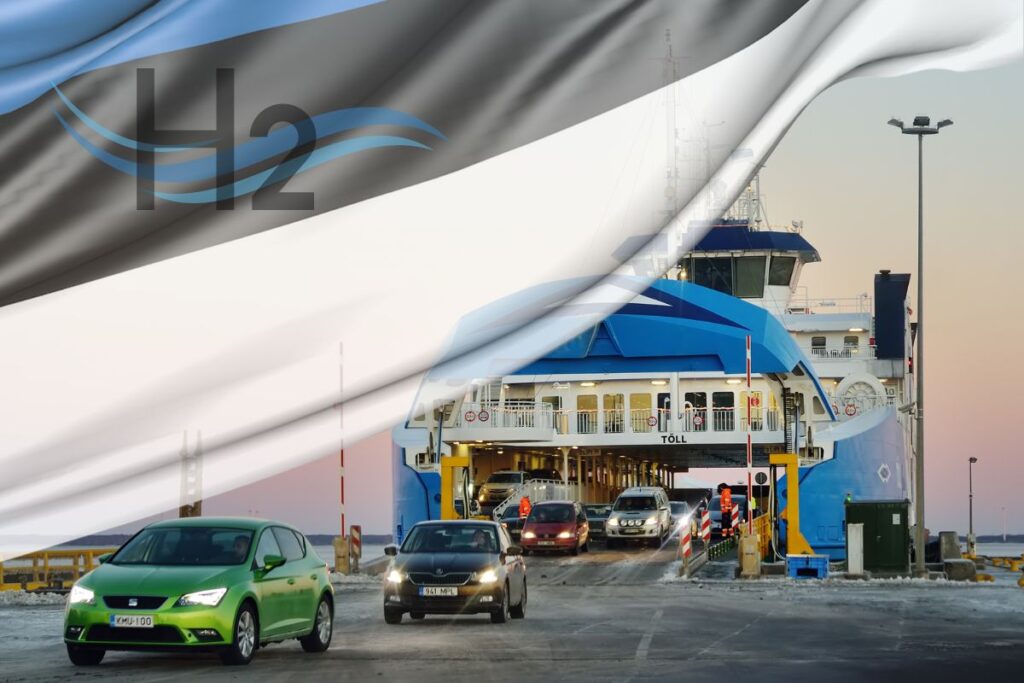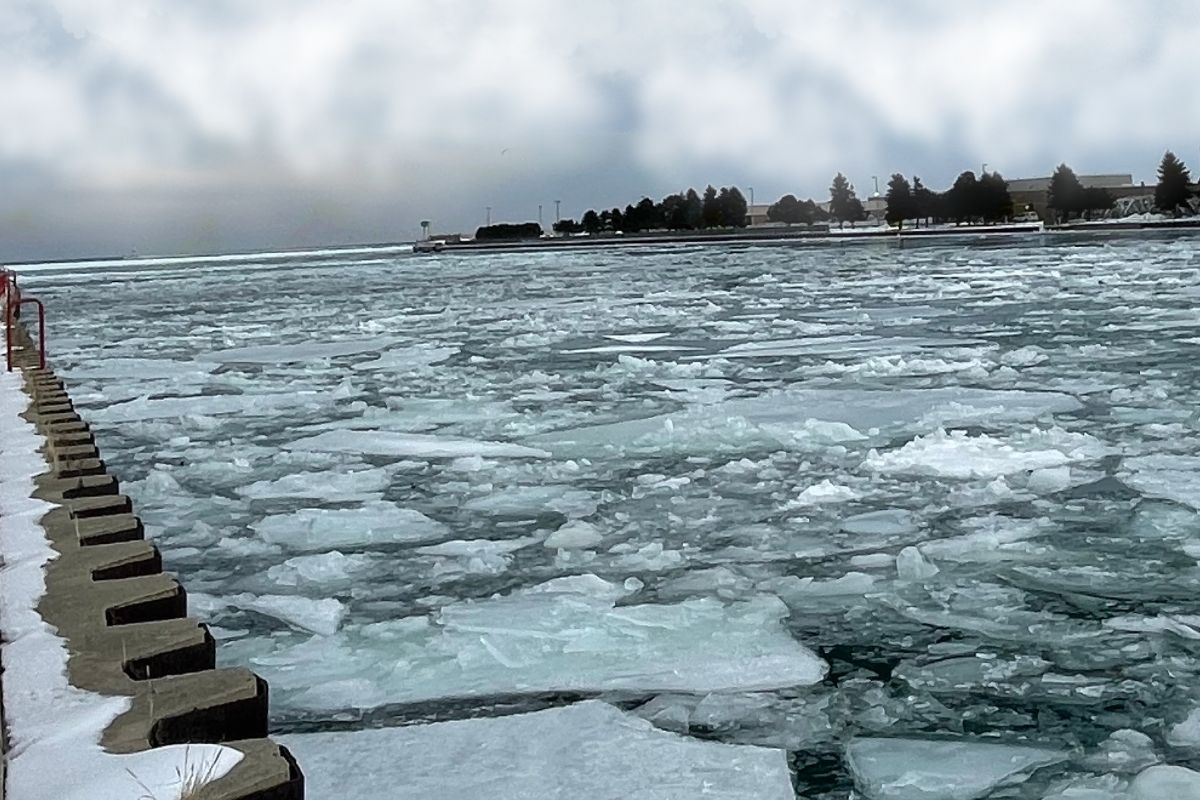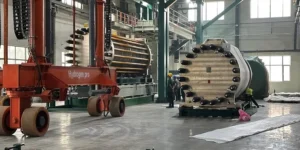Estonia sets sights on building a next-gen hydrogen ferry

The country has launched a call for tender to build the zero-emission vessel.
Estonia State Fleet announced a call for tender to build a next-generation hydrogen ferry that would serve the Virtsu-Kuivastu route.
The emissions-free battery hydrogen-powered ferry will be unique in the region.
Once built, the new hydrogen ferry will be a one-of-a-kind ship to the area due to it running entirely on hydrogen fuel and shore-supplied electricity. The ferry will operate without making vibrations or noise. It will be capable of accommodating slightly more than 1,000 lane meters for cars and can carry as many as 700 passengers.
According to the Project Manager of the new ferry, Valentin Bratkov, the newbuild can sail between ports in fully autonomous mode with crew on board. This will be possible as the ferry will be equipped with autonomous onboard operations and remote-control readiness as well as onboard back-up and situational awareness.
“Initially, different activities of the operation, such as navigation, including docking and mooring, shore-side electrical charging, operation in engine room, on the car deck or in customer service area, can be fully self-running,” Bratkov explain. “In the future, the new ferry can also be operated remotely.”
The hydrogen ferry can operate in Estonia’s harsh winter conditions.
In partnership with Deltamarin Ltd., a conceptual ferry design and feasibility study was developed in the preliminary phase of the construction project. This was done to verify which of the ferry’s characteristics and capabilities would be most suitable for Estonian routes over the long term.

“The investigation showed that the design is capable of breaking thin first-year level ice with continuous speed,” noted Nils Reimer, the Division Manager Arctic Technology at HSVA.
Reimer added that “the design proved to achieve the minimum speed in brash ice conditions as stipulated for ice class IA with a fair margin.”
Ultimately, the hydrogen ferry can operate in ice conditions that are typically more difficult to move through, such as ice drift and accumulate.
Good for the economy and for nature.
 Estonia Minister of Climate Kristen Michal commented that the new hydrogen ferry is a great example of how the country can contribute to its economic development while also preserving nature.
Estonia Minister of Climate Kristen Michal commented that the new hydrogen ferry is a great example of how the country can contribute to its economic development while also preserving nature.
“By using energy efficiently, we as a country, as customers, can get more journeys for every euro, and in a way that is more respectful of nature,” said Michal.
Once operational, the hydrogen-powered ferry will cross between the Estonia main islands. The plan is for the hydrogen ferry to begin operation in October 2026.
Ready to test your knowledge on the most abundant element in the universe? Take our fun and engaging Hydrogen Quiz now!





